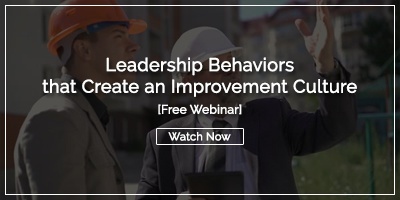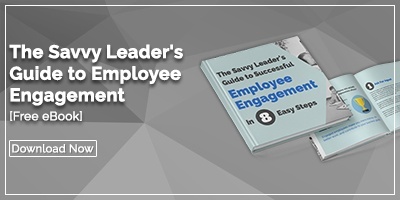“We say seeing is believing, but actually, we are much better at believing than seeing. In fact, we are seeing what we believe all the time and occasionally, what we can’t believe.” – Robert Anton Wilson
 Gemba walks are a critical continuous improvement technique. They are useful for leaders at every level but particularly eye-opening for executives and other top-level managers. Why? The simple process of going to the place where works is done, showing respect for workers, asking questions, and reflecting on observations can change one’s perception of how well a process is operating. It also offers an opportunity to build trust and increase employee engagement. Many direct supervisors and mid-level managers practice Gemba walks, especially in Lean organizations, but it is important for executives to do them as well. That’s why we’ve put together this Gemba walk template for executives. It addresses elements that would be less important to managers who are closer to the process daily.
Gemba walks are a critical continuous improvement technique. They are useful for leaders at every level but particularly eye-opening for executives and other top-level managers. Why? The simple process of going to the place where works is done, showing respect for workers, asking questions, and reflecting on observations can change one’s perception of how well a process is operating. It also offers an opportunity to build trust and increase employee engagement. Many direct supervisors and mid-level managers practice Gemba walks, especially in Lean organizations, but it is important for executives to do them as well. That’s why we’ve put together this Gemba walk template for executives. It addresses elements that would be less important to managers who are closer to the process daily.
Step 1: Inform site(s) or department(s) in advance that you will be visiting and conducting a Gemba walk.
No one likes to be surprised by a visit from the big boss, so make sure that everyone knows you are coming to keep people from feeling ambushed. After all, Gemba walks are about respect and observation of processes, not about employee performance management.
Step 2: Respect the department or process by keeping your commitment to the Gemba walk and arriving on time.
This might seem rather basic, but showing respect means demonstrating the behaviors that you would like your employees to practice. If the location requires protective equipment, be sure to be prepared and ready to go on time.
Step 3: Introduce yourself and describe the purpose of your visit.
You want to get the walk off on the right foot so be sure to help people get comfortable with your presence. Make sure they understand exactly why you have paid a visit and what you will be observing. Of course, this means that you will need to have considered the process or department ahead of time and defined your goals.
Step 4: Explain what will happen after the visit.
Make it clear that you will not suggest changes during your Gemba walk, but instead, you will consider your observations after it is over and provide feedback at that time.
Step 5: Keep the size of the group manageable.
You won’t just be walking around when you visit the Gemba. You will be asking questions and building trust, so be thoughtful about how many people are involved.
Step 6: Invite the process owner on your walk.
This is another way to show respect and hopefully increase the comfort level of the team. In addition, the process owner may learn new insights based on the questions you ask, and they will be your ally when it comes to implementing any opportunities for improvement.
Step 7: Make sure to observe all of the core activities of the area or process being visited.
You should plan to observe process inputs, activities, and outputs. Some parts of the process might not be obviously visible, so be careful that nothing important is missed.
Step 8: Ask questions.
In his book, Toyota Kata, Mike Rother crafted a five-question coaching dialogue based on his research into Toyota’s management practices. The five questions are:
1. What is the target condition?
2. What is the actual condition now?
3. What obstacles do you think are preventing you from reaching the target condition and which one are you addressing now?
4. What is your next step or experiment and what do you expect to happen?
5. How quickly can we find out what we have learned from taking that step?
There may be additional relevant questions for your walk, but these form a good start.
Step 9: Listen.
Listening without jumping in or getting distracted can be difficult, but it is essential that employees feel heard. If an explanation doesn’t get right to the point, that might tell you something about the need for more clarity around standard work.
Step 10: Gather feedback.
At the end of your Gemba walk, give the team the opportunity to provide feedback on the experience. Consider their input when you plan your next walk and give them the opportunity to give you essential information that you did not already address.
Step 11: Validate your observations.
After you’ve finished your walk and considered potential opportunities for improvement, be sure to validate those observations with the people doing the work. The goal is to create a feedback loop that goes both ways so that everyone is invested in the outcome of any changes you might make.
We hope this Gemba walk template has been useful. Like any improvement technique, it will get more natural and more effective the more you do it.





Add a Comment